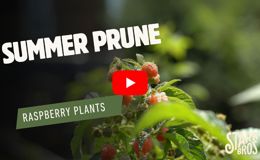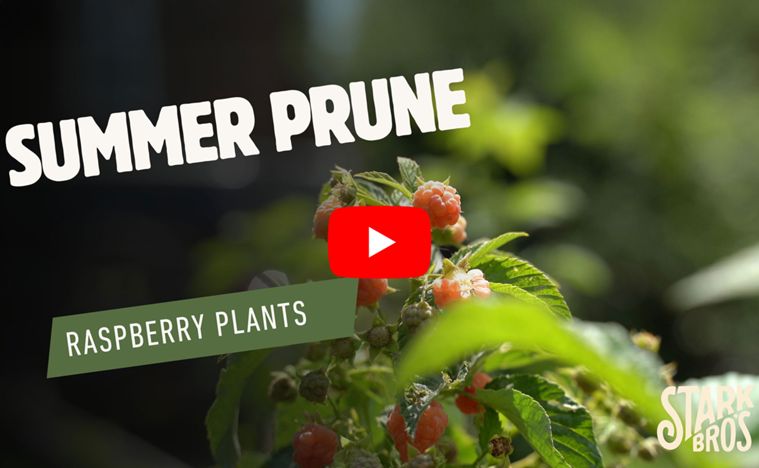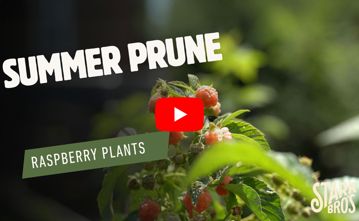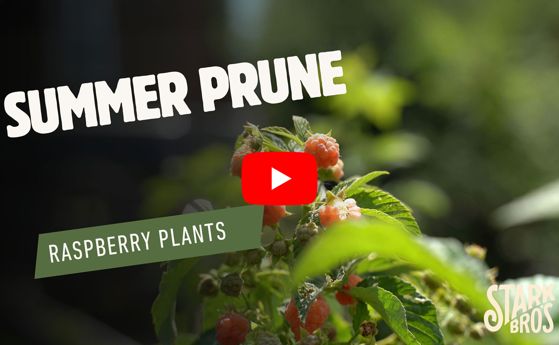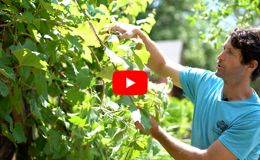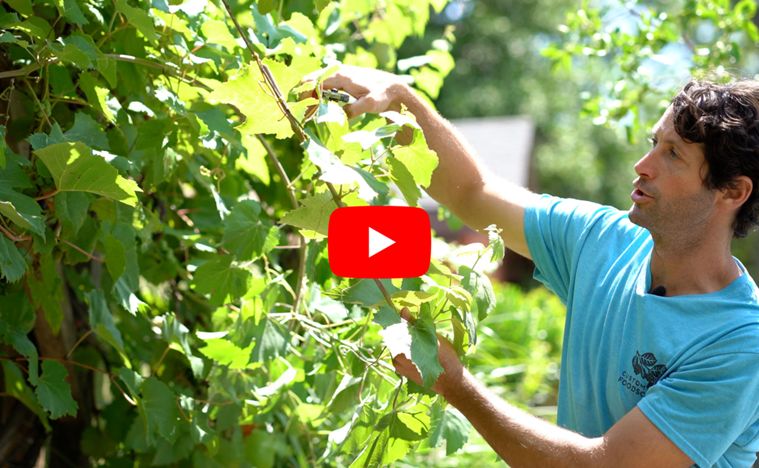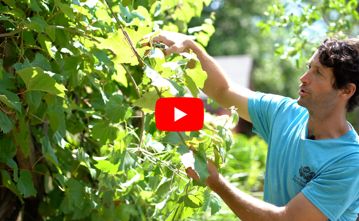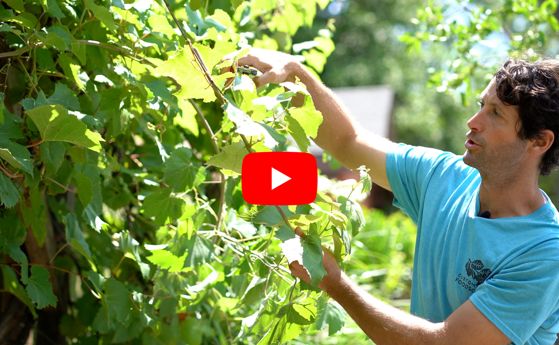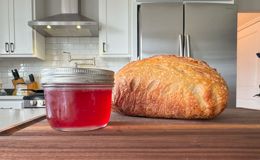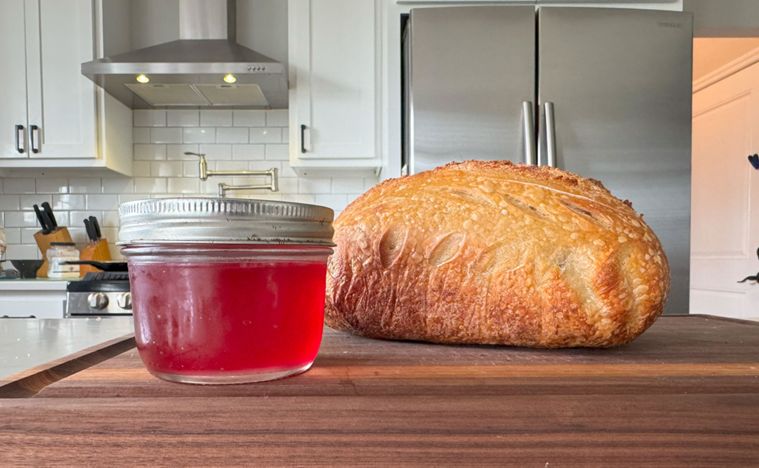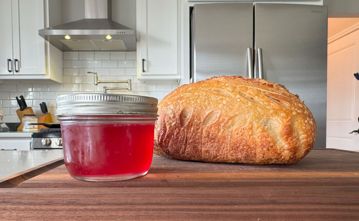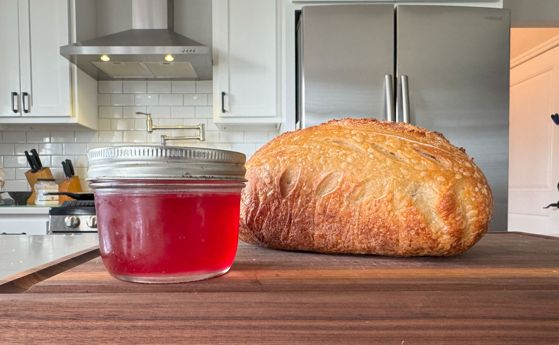Pest & Disease Control for Pistachio Trees
Protecting your pistachio trees from pests and diseases is essential for ensuring their longevity and productivity. In this comprehensive guide, we’ll explore effective strategies and steps to control common pests and diseases that may affect pistachio trees, allowing you to maintain a healthy orchard and enjoy a robust harvest.
NOTE: This is part 5 in a series of 8 articles. For a complete background on how to grow pistachio trees, we recommend starting from the beginning.
Identifying Common Pistachio Tree Pests
Aphids: Regularly inspect your pistachio trees for aphids, small insects that feed on sap. Aphids can be controlled with insecticidal soaps or neem oil sprays.
Spider Mites: Watch for spider mites, which can cause stippling on leaves. Increase humidity around the tree and use insecticidal soap to control spider mite infestations.
Navel Orangeworms: Keep an eye out for navel orangeworms, especially during the nut filling stage. Apply insecticides or use pheromone traps to monitor and control their population.
Scale Insects: Inspect branches and trunks for scale insects. Prune and dispose of infested branches, and use horticultural oil to control scale populations.
Birds: Protect your pistachios from bird damage during the nut ripening period by using physical deterrents like netting or reflective objects.
Identifying Common Pistachio Tree Diseases
Botryosphaeria Canker: Look for symptoms of Botryosphaeria canker, including cankers on branches. Prune affected branches and apply a copper-based fungicide.
Verticillium Wilt: Monitor for signs of Verticillium wilt, such as wilting leaves. Implement proper irrigation practices and choose resistant varieties to manage this soil-borne disease.
Alternaria Late Blight: Keep an eye out for Alternaria late blight, identified by brown lesions on leaves and nuts. Apply fungicides during the growing season to prevent its spread.
Powdery Mildew: Watch for powdery mildew, a white powdery substance on leaves. Use fungicides and practice proper spacing between trees for adequate air circulation.
Integrated Pest Management (IPM)
Regular Monitoring: Implement a proactive approach by regularly monitoring your pistachio trees for signs of pests and diseases.
Beneficial Insects: Encourage the presence of beneficial insects, such as ladybugs and parasitic wasps, to naturally control pest populations.
Neem Oil and Horticultural Oils: Utilize neem oil and horticultural oils as part of your pest management strategy. These oils act as effective insecticides and fungicides.
Cultural Practices: Practice good cultural habits, including proper pruning, sanitation, and the removal of diseased plant material to reduce disease pressure.

